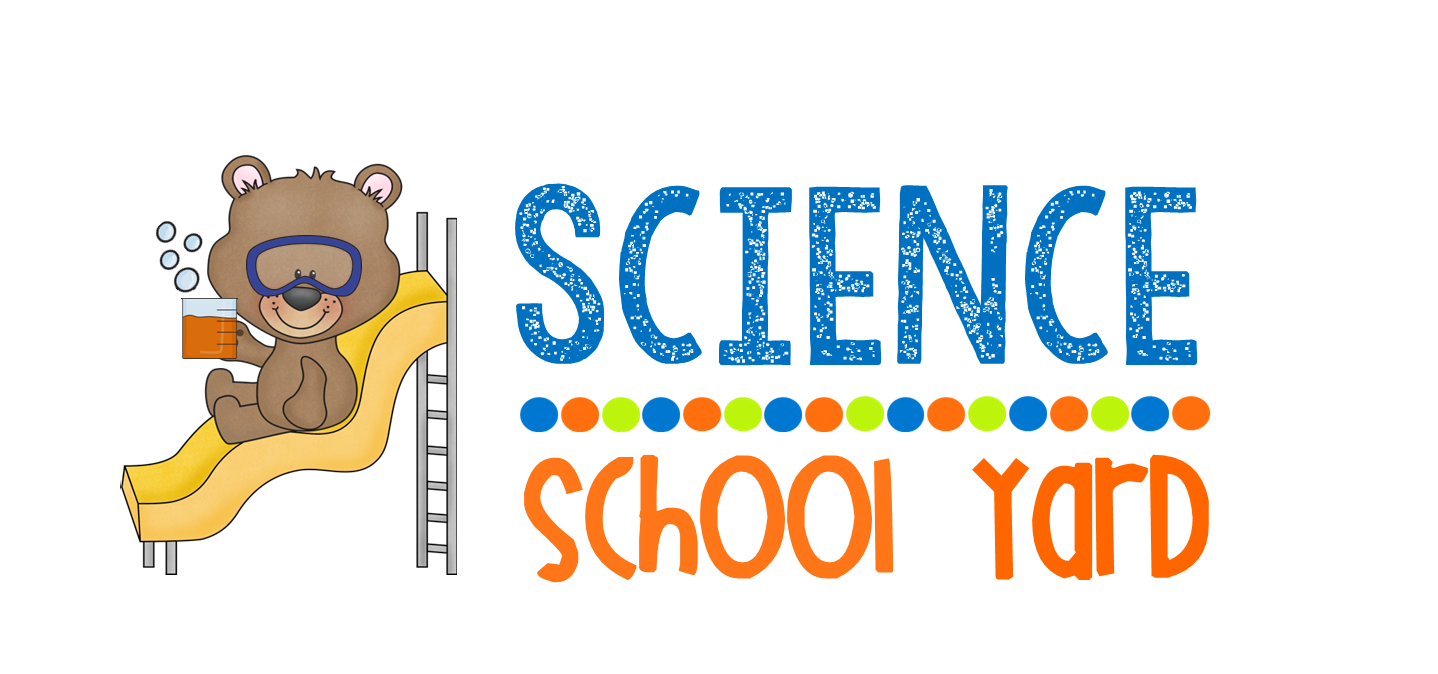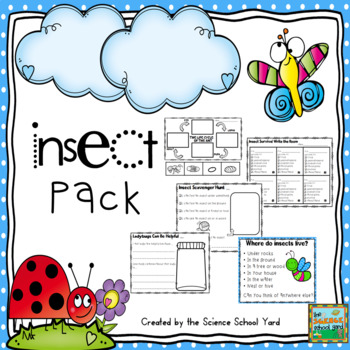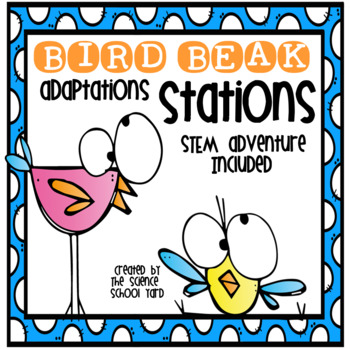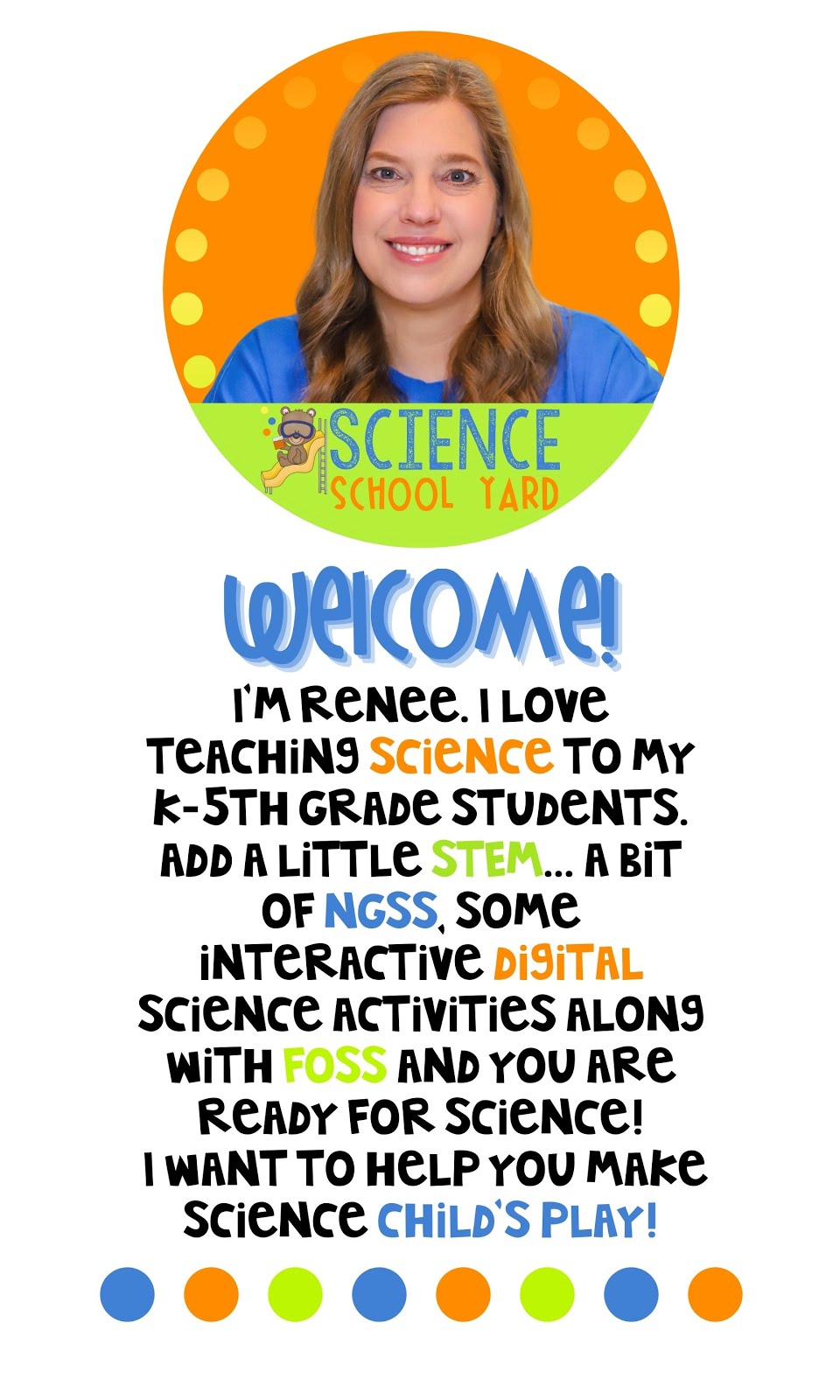Each year we start and electricity unit which allows students the ability to work hands on and to problem solve as a group...that to me is so electrifying.
The major focus in our electricity unit is to learn about the parts of a circuit. Whether that be the source meaning... the battery... the pathway... meaning the wires or the receiver which can be either the light bulbs or a motor.
We want them to be able to figure out ways to problem solve by learning what an opened and closed circuit is! We also want them to be able to work together to create a way for a switch to turn on and off the light or motor better yet... as we develop our skills in putting a circuit together we can even add how to be able to work with insulators and conductors!
I love giving them a bag of insulators and conductors for them to test from spoons to sponges washers to paper clips they are able to connect and understand that all metal objects are conductors!
We want them to be able to figure out ways to problem solve by learning what an opened and closed circuit is! We also want them to be able to work together to create a way for a switch to turn on and off the light or motor better yet... as we develop our skills in putting a circuit together we can even add how to be able to work with insulators and conductors!
I love giving them a bag of insulators and conductors for them to test from spoons to sponges washers to paper clips they are able to connect and understand that all metal objects are conductors!
The next big focus is to understand the difference between parallel and series circuits! By adding different light bulbs to our circuit we can see the difference between the two, We really emphasize that series circuits work together one after the other after the other... just like a series of books or movies! I like to use movies or favorite books like Avengers. It sure can get kids to connect to the understanding of the difference between series and parallel easier!
Here’s how I did it: Series vs. Parallel
For series circuits... I like the different types of movies that are put together one after the other so that if you miss one movie you might miss something really important in the story line. Why do Captain America and Iron Man have an issue with each other for example.
For parallel circuits...We can look at the movie Avengers and see that there’s a parallel universe that can work separately from each other. What other movies show two things happening simultaneously without interference? That is the key to making those connections!
Think about a Series of Unfortunate Events. If you miss one of the books, you might miss out of something that happened that led to it coming up in another book. Using movies and books to be able to share the difference between a concept that might be a little bit more difficult is an important strategy to use in any classroom setting.
Here’s how I did it: Series vs. Parallel
For series circuits... I like the different types of movies that are put together one after the other so that if you miss one movie you might miss something really important in the story line. Why do Captain America and Iron Man have an issue with each other for example.
For parallel circuits...We can look at the movie Avengers and see that there’s a parallel universe that can work separately from each other. What other movies show two things happening simultaneously without interference? That is the key to making those connections!
Think about a Series of Unfortunate Events. If you miss one of the books, you might miss out of something that happened that led to it coming up in another book. Using movies and books to be able to share the difference between a concept that might be a little bit more difficult is an important strategy to use in any classroom setting.
Adding lesson such as static electricity as well as electromagnets are also really fun and hands-on ways to help students understand the concepts of electricity as well as magnetism and how they can go hand in hand.
One of my new found favorites to finish up the unit...bristle bots. I was able to use grant money to purchase this kits from Brown Dog Gadgets called Bristle Bots. There are some great step by stem picture tutorials that we used from PBS Kids site with video help, too!
One of my new found favorites to finish up the unit...bristle bots. I was able to use grant money to purchase this kits from Brown Dog Gadgets called Bristle Bots. There are some great step by stem picture tutorials that we used from PBS Kids site with video help, too!
I love ending the school year with this unit because when these kids are so worn out from being tested they can be able to really work to gather any fun and engaging way trying to find an electricity pack that can work for you grab this pack below right here!

Hope I helped you find ways to add electricity activities to your science lessons. Thanks for joining me in the Science School Yard!

Hope I helped you find ways to add electricity activities to your science lessons. Thanks for joining me in the Science School Yard!





















































